We are coming up to the end of the year 2008. I attended the annual event, the end of the year party, this year too. The picture shows the party. Some people who are standing in the picture were waiting to call their bingos after getting four numbers.
I looked for some words about bingo in order to write this entry. When you hit a jackpot, you would shout "Bingo!". Then when you got four numbers in line, how do you express the situation? We, Japanese call "Reach!". Additionally, my dictionary says that the bingo game is one of the gambles and for aged people. It usually is held in Catholic churches or Indian reservations. Is that right?
Search
Categories
- Car / Motorcycle / Touring (231)
- Culture/Tradition (971)
- Current Affairs (537)
- Family & Hometown (746)
- Food and Drink (528)
- Gear (311)
- Germany or German (266)
- Health (127)
- History (587)
- Internet (69)
- Koreas and/or China (250)
- Landscape (1257)
- Languages (191)
- Malaysia (70)
- Matsuyama Century Lions Club (46)
- Medical Affairs & My Job (265)
- Miscellaneous Thoughts (342)
- Opinion (和訳) (5)
- Review (Books, Movies, , ,) (61)
- Science (29)
- Sports (Ski, Motorsports, Climbing, , ,) (267)
- Toastmasters (5)
- Travel (1363)
- Travel_Canada (191)
- Travel_Cruise (98)
- Travel_Germany (141)
- Travel_Hawaii (173)
- Travel_Korea (75)
- Travel_Malaysia (51)
- Travel_Singapore (8)
- Travel_Taiwan (40)
- Travel_Thailand (31)
- Travel_U.K. (124)
- ZRKCC (30)


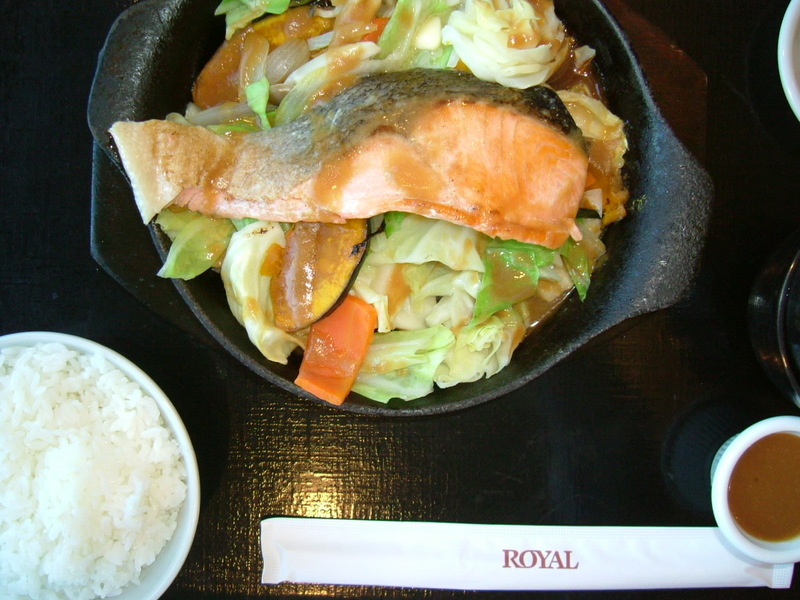



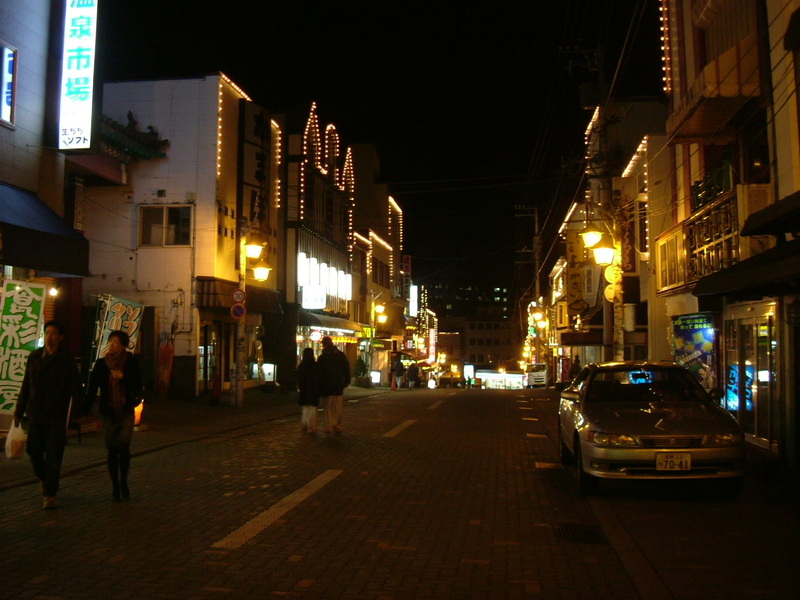
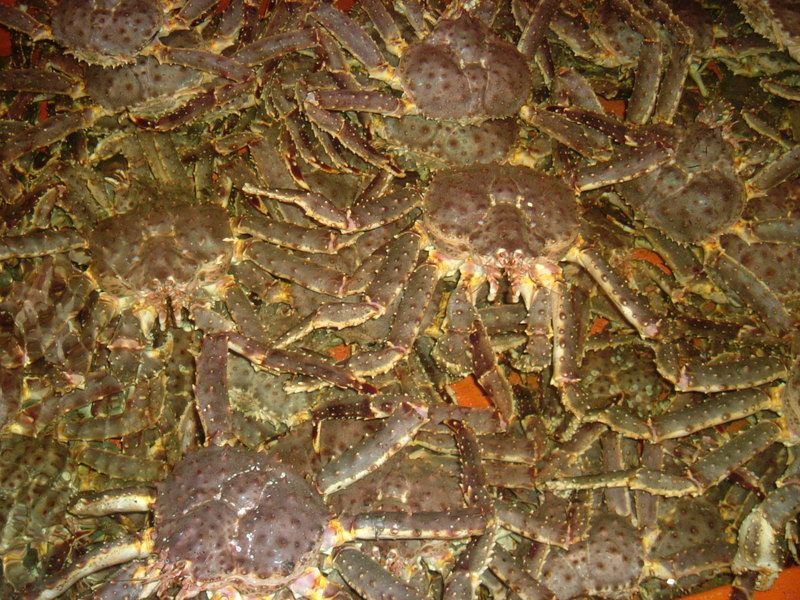
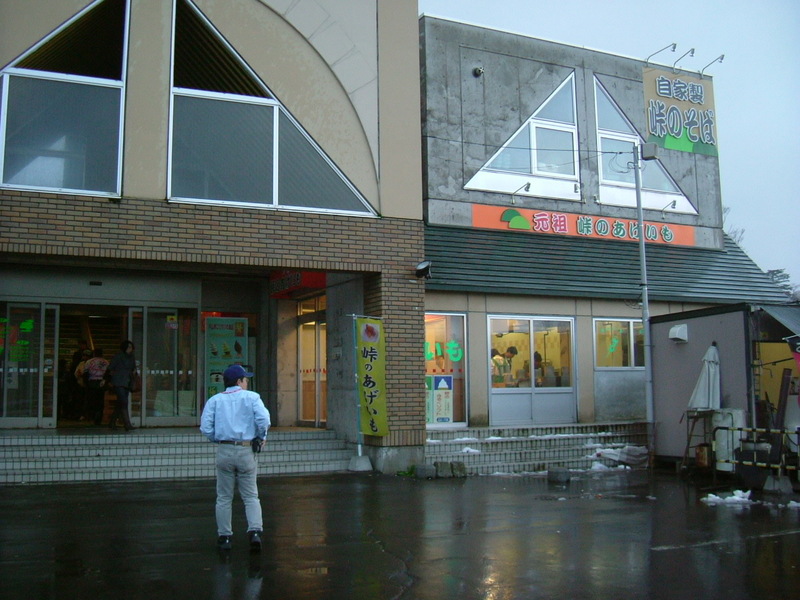

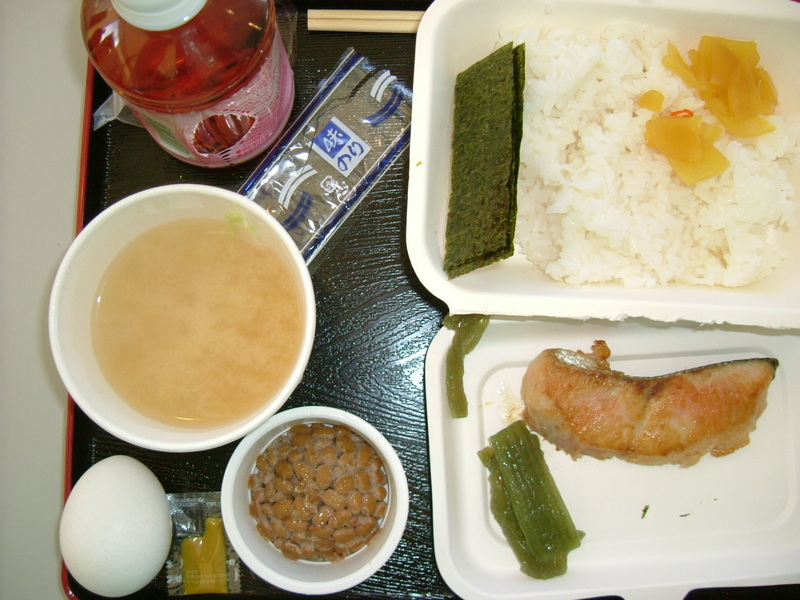
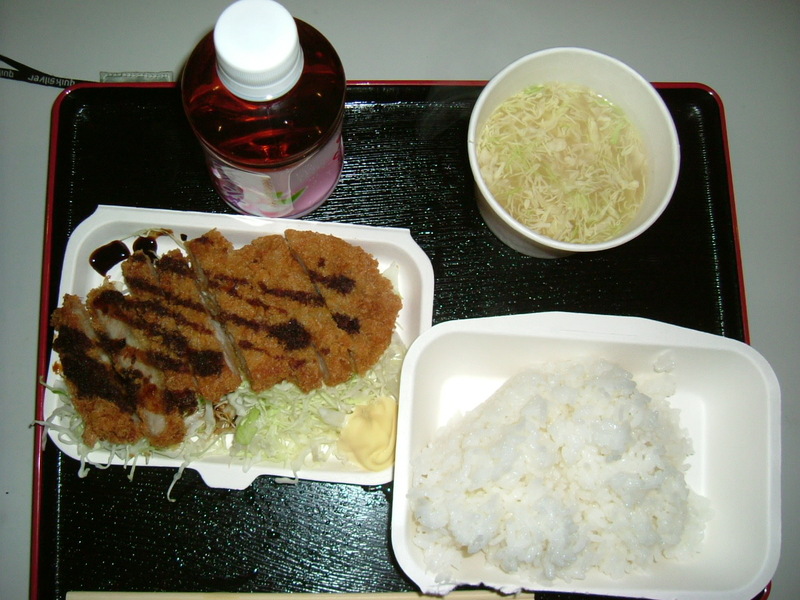


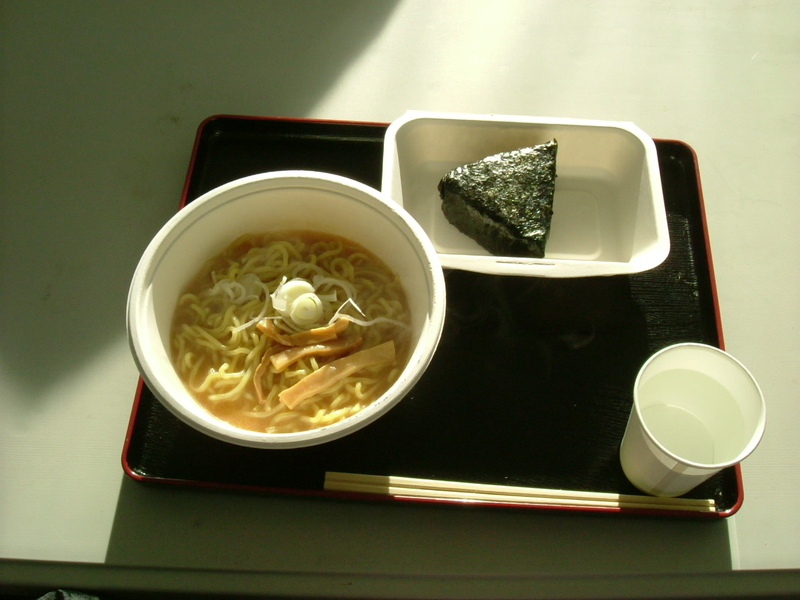
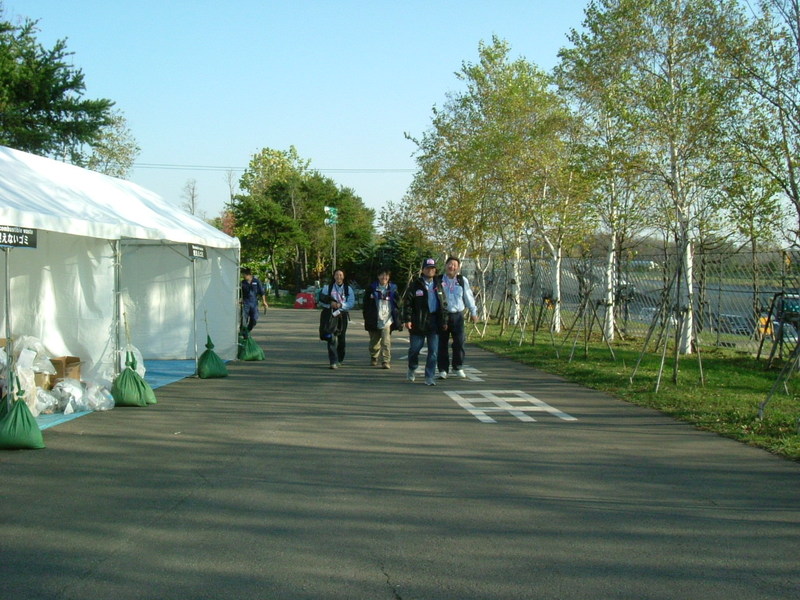
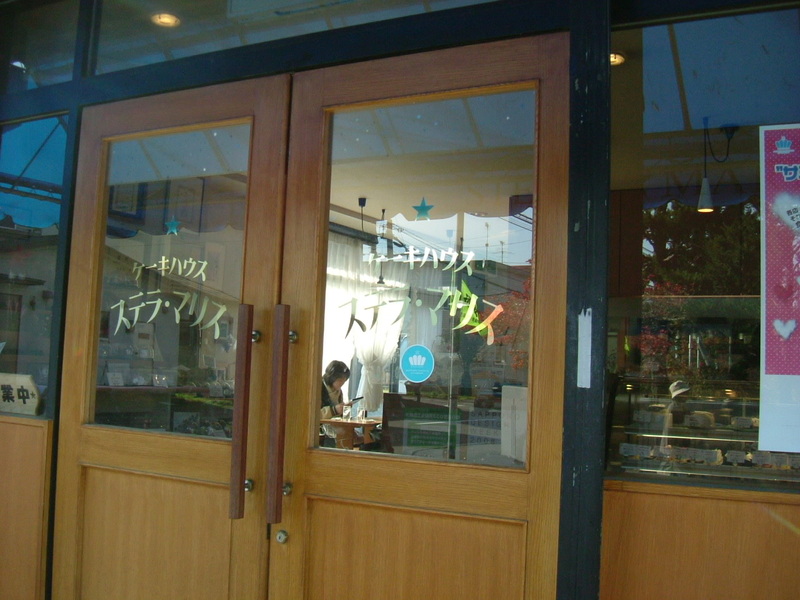

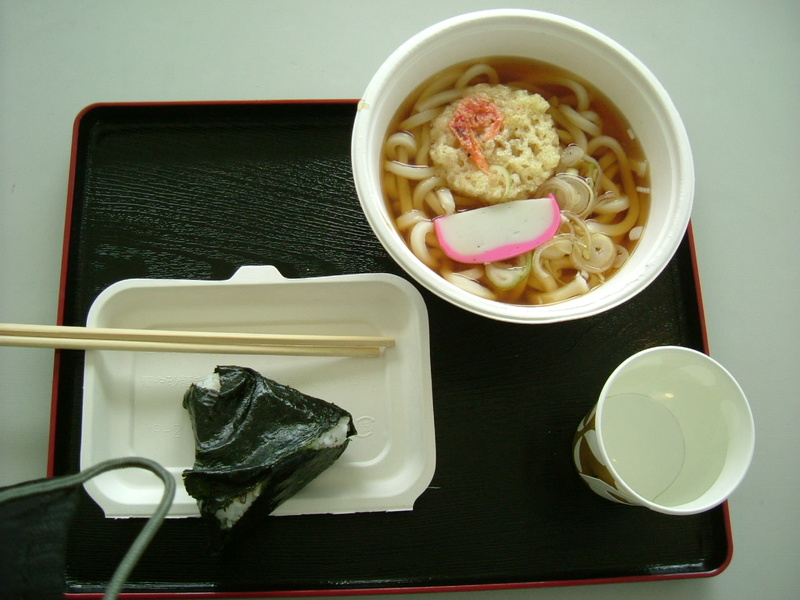
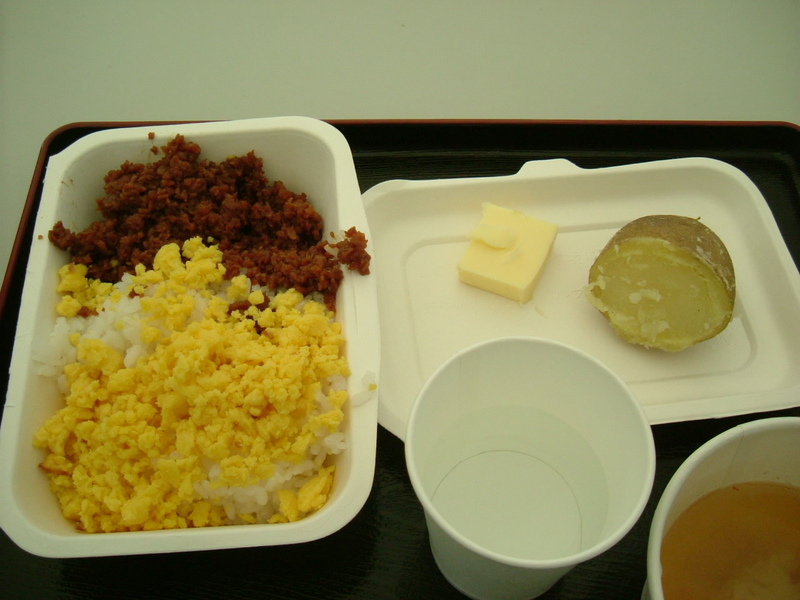
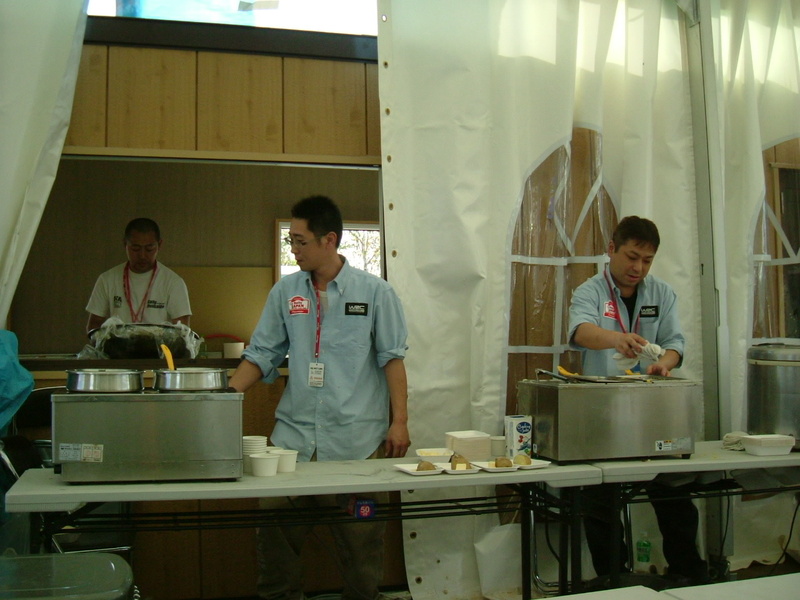
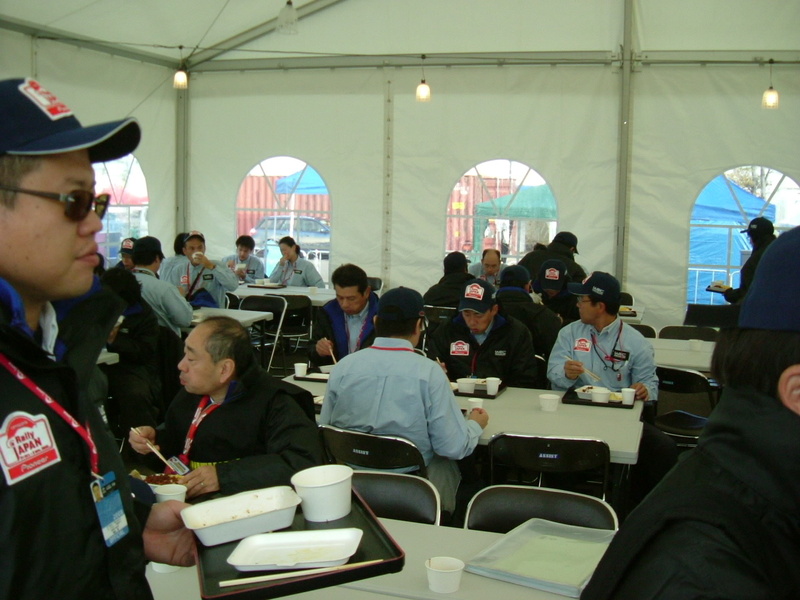
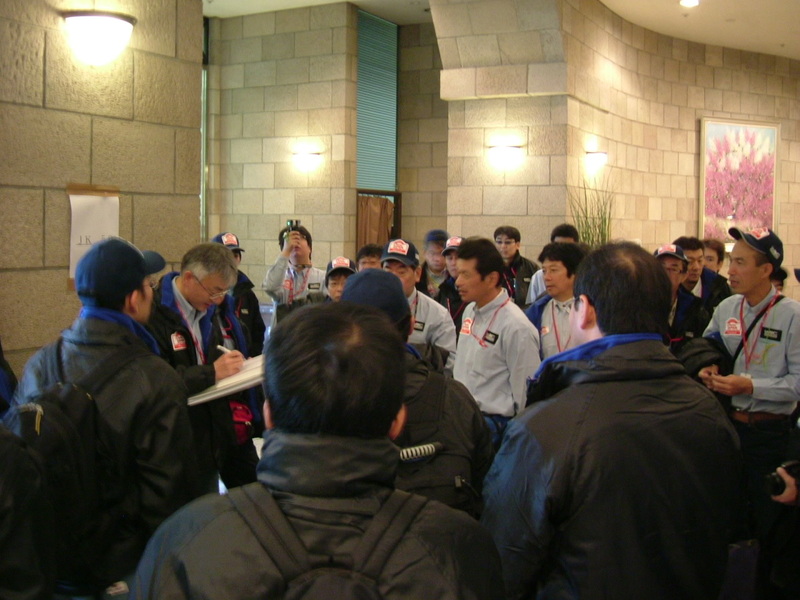

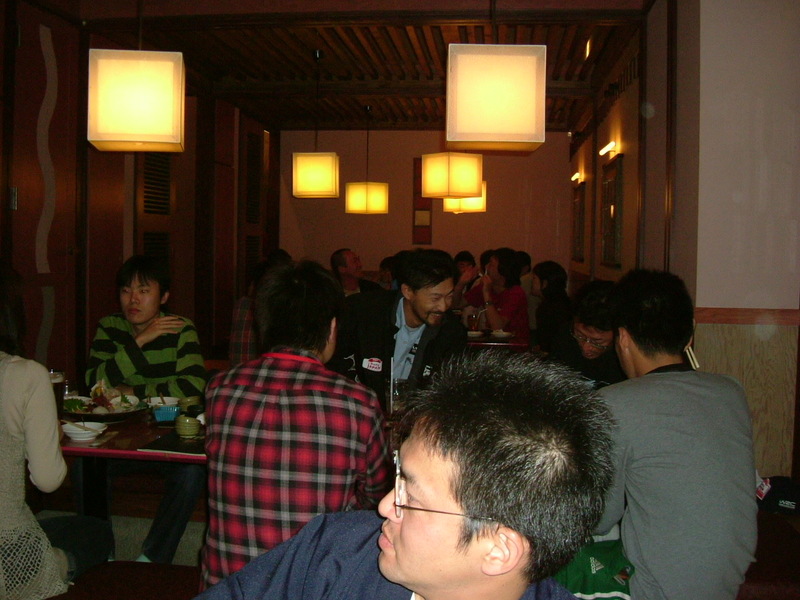
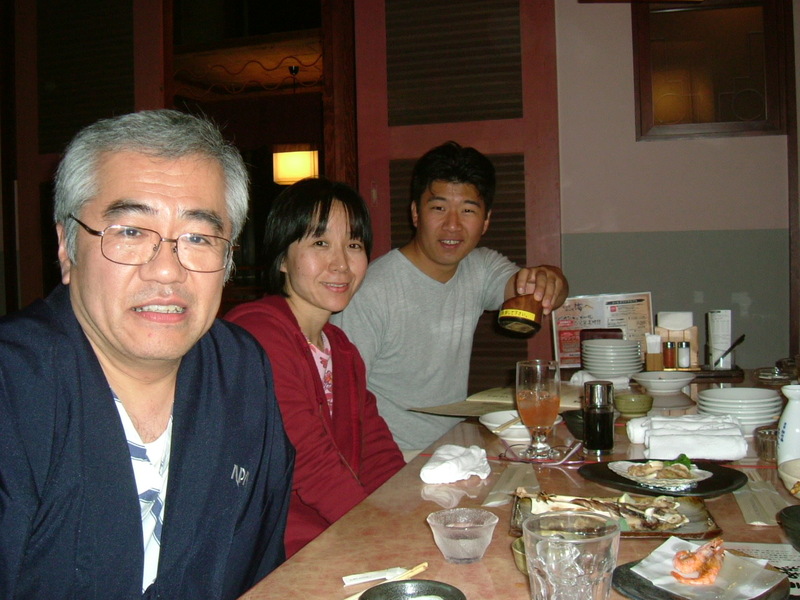
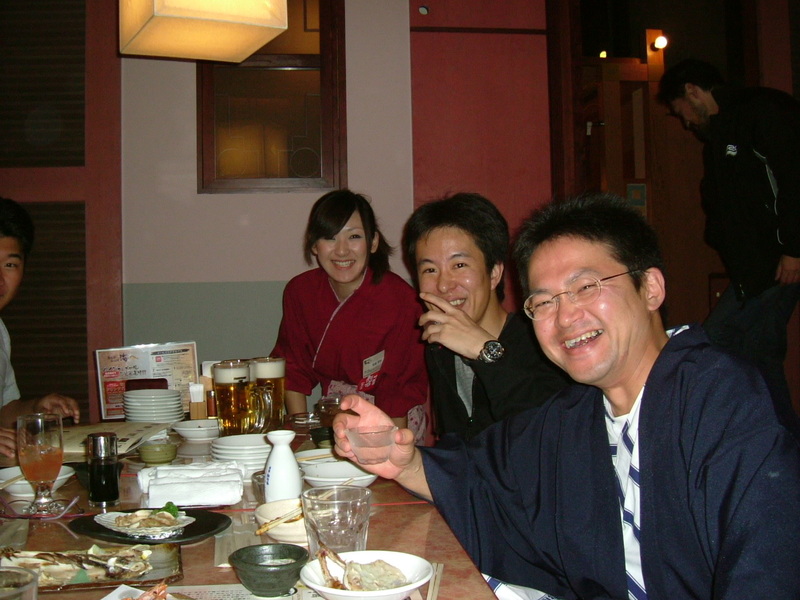
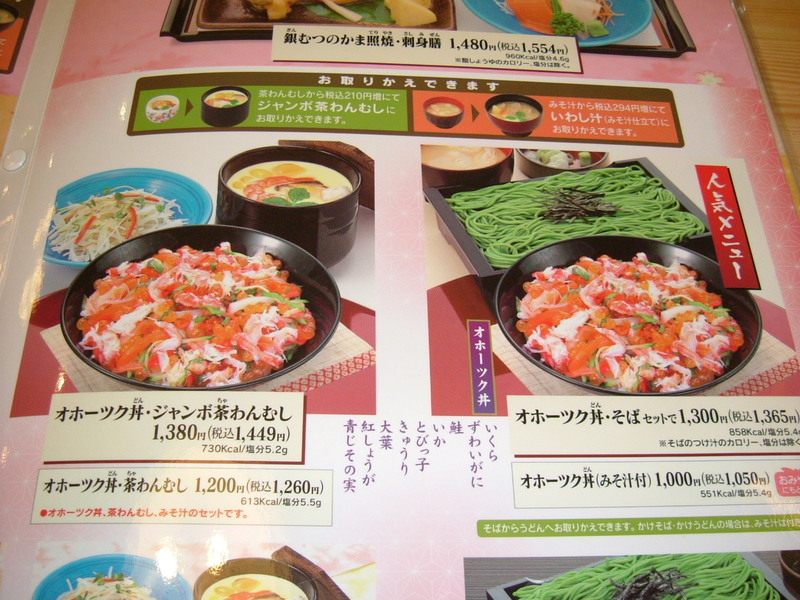
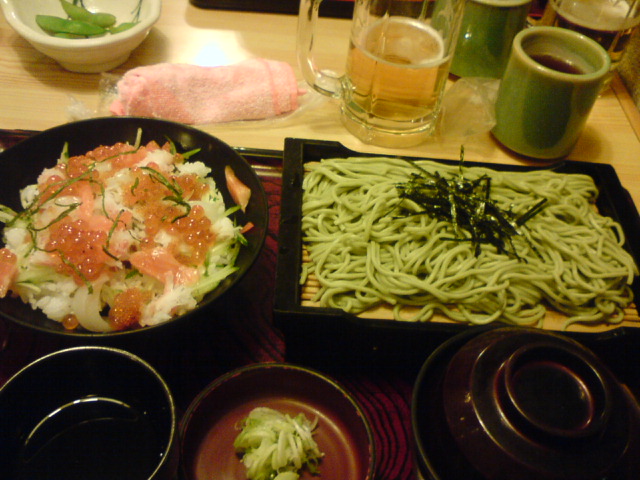
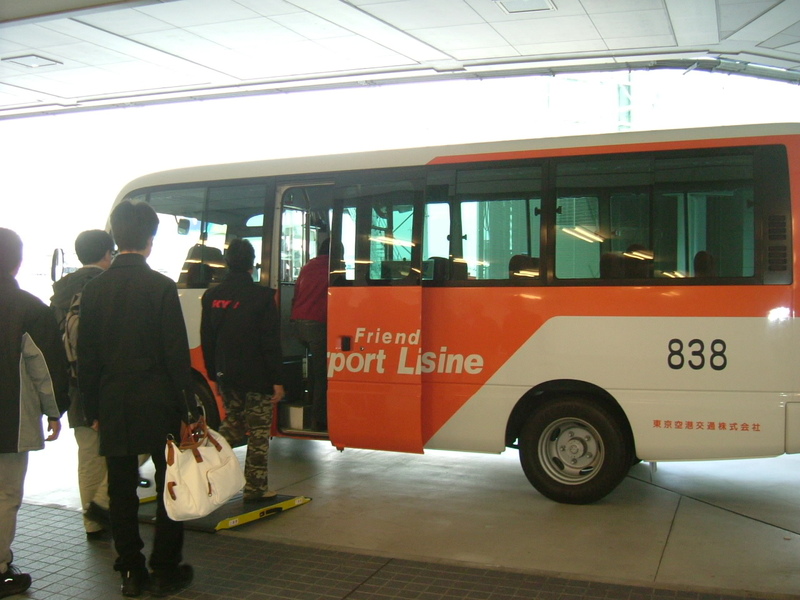


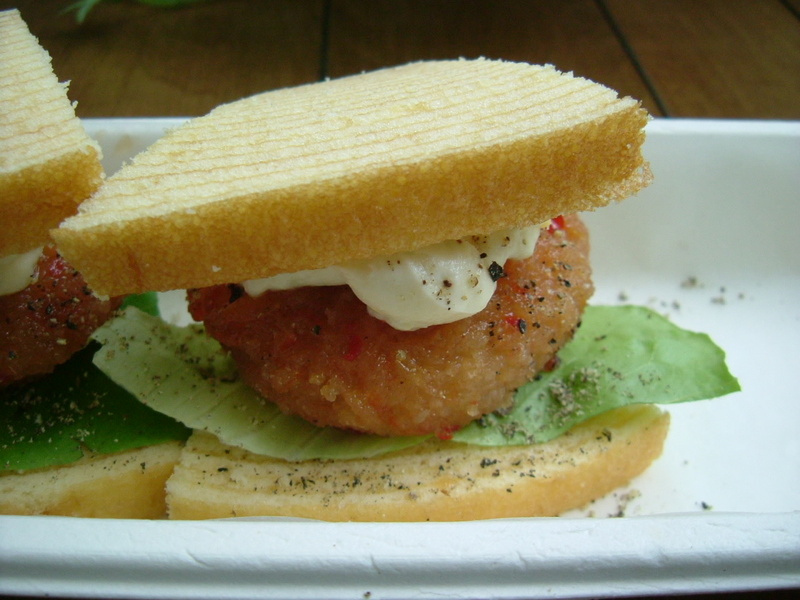
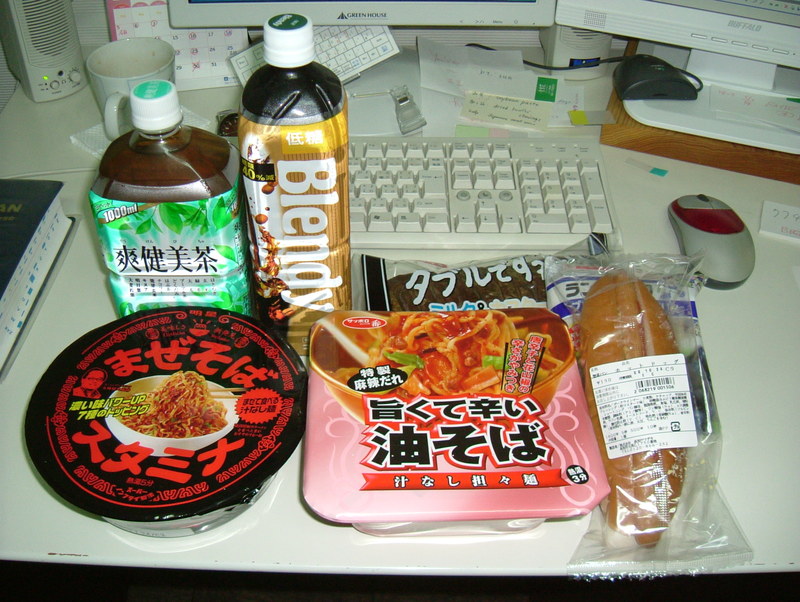
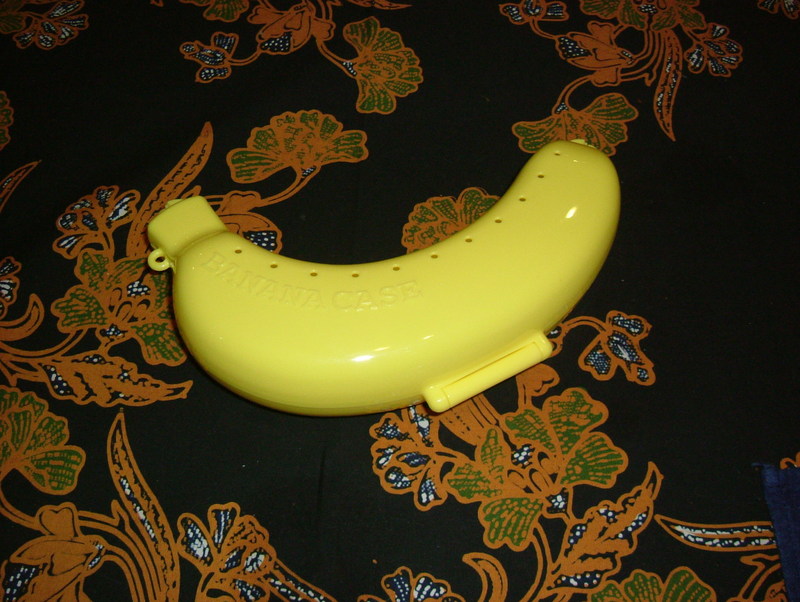
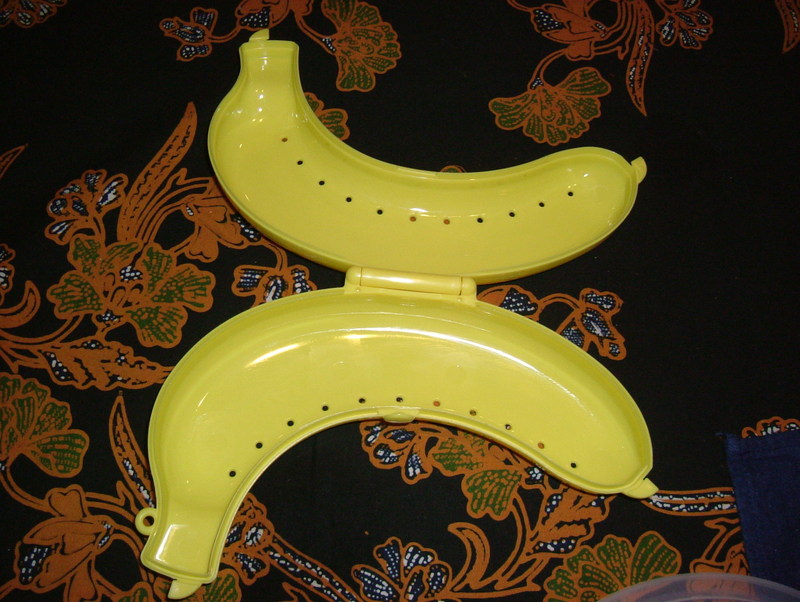
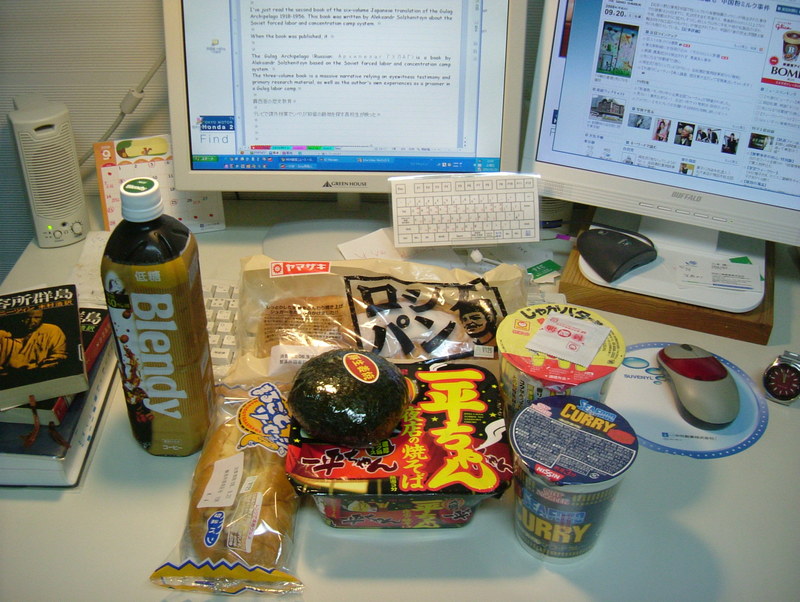
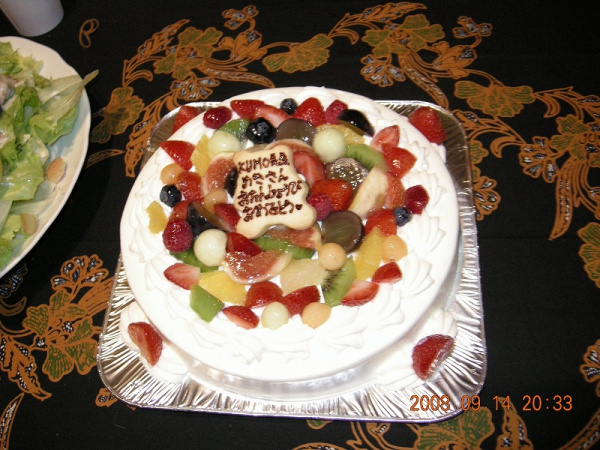
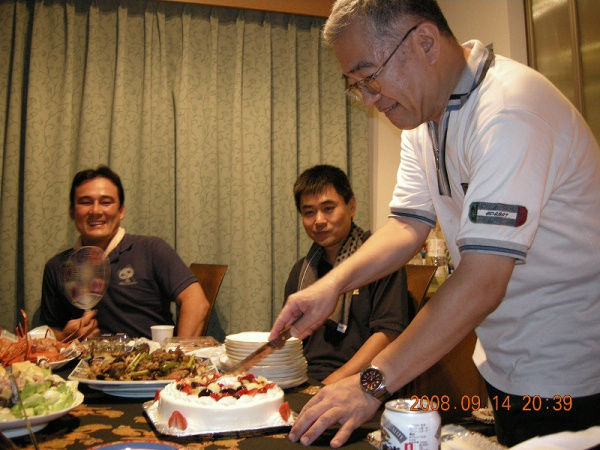
Recent Comments